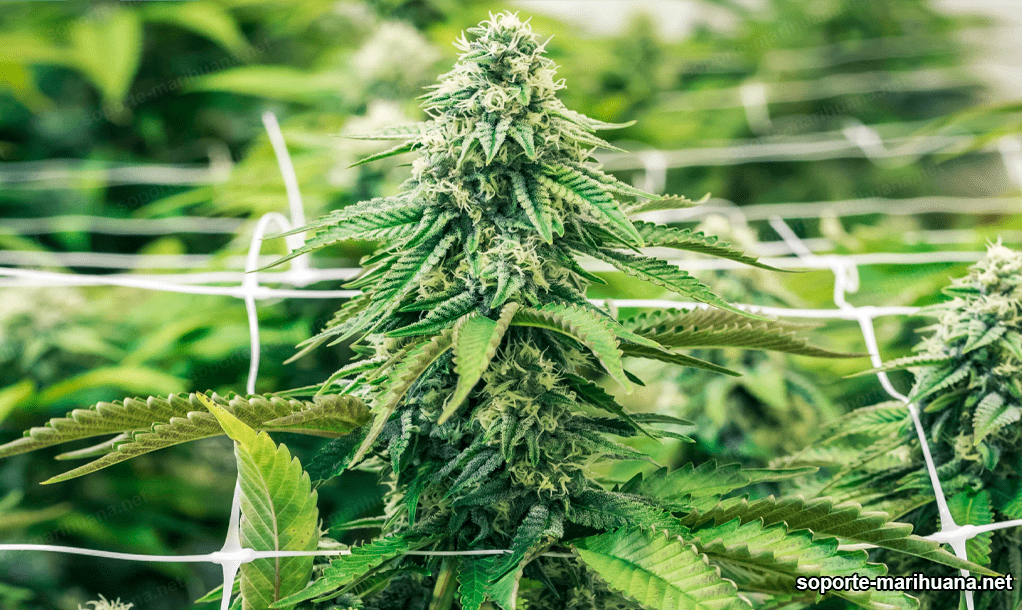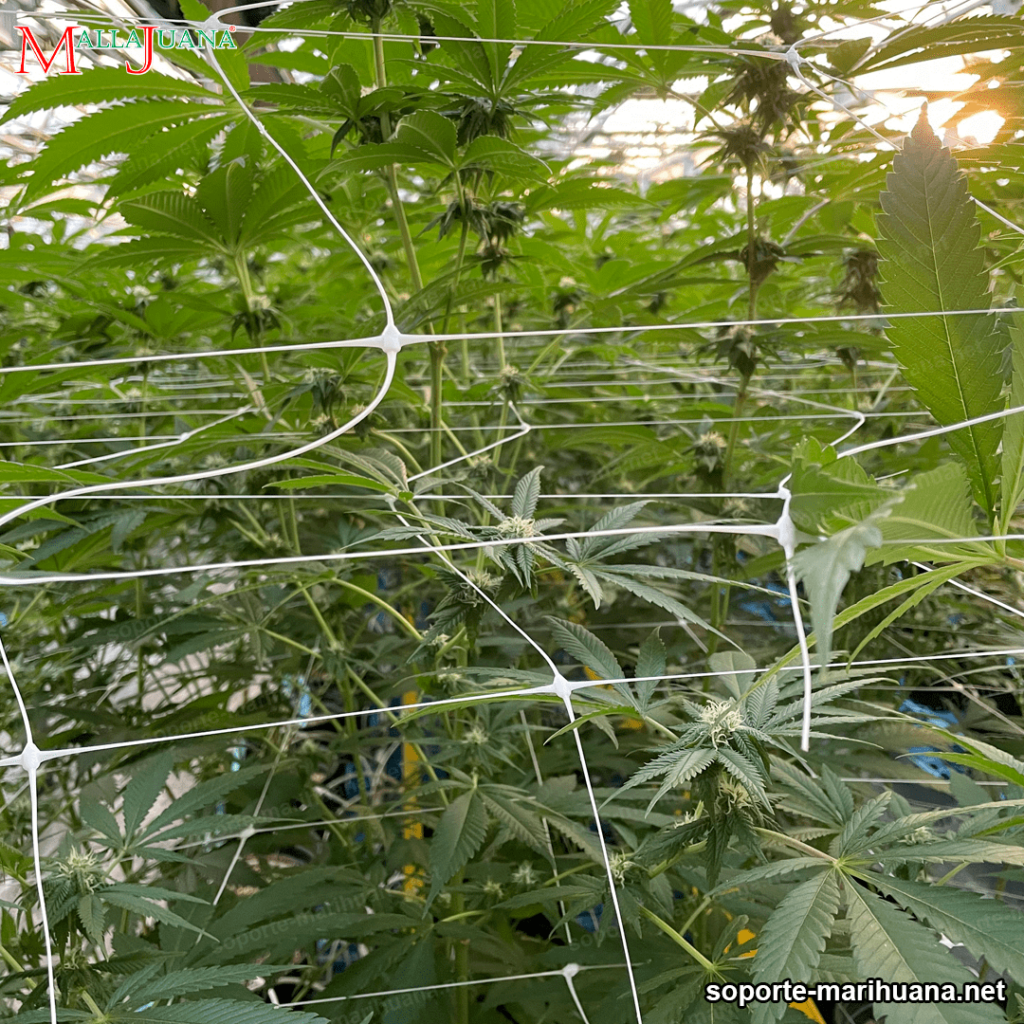Hemp has been used for thousands of years for a variety of purposes, from use as fuel to use as a textile fiber and animal feed. However, hemp cultivation also carries certain risks.
There are five factors that can be particularly damaging to a hemp crop.
- First, weather can have a big impact on a hemp crop. Hemp is a cool-season plant, which means that weather that is too warm can damage its growth, causing significant losses. Drought can also be very detrimental, dry soils significantly reduce the amount of water and nutrients available to the crop.
- Secondly, the soil can be a decisive factor in the success of the crop. Hemp needs nutrient-rich soils, so a lack of nutrients can be very detrimental. In addition, it is important to choose the cultivation site carefully, as sudden changes such as exposure to sunlight or excessive use of fertilizers can damage the plant.
- Thirdly, diseases are a very dangerous factor for hemp. Hemp is especially susceptible to diseases such as root rot, brown spot, anthracnose and meandering weed disease, among others. These diseases can be spread by insects and other animals, so prevention is an important part of maintaining a healthy crop.
- Fourth, pests and weeds can become a big problem for hemp. Pests such as cockroaches, mealworms, ants and some insects can directly affect the health of the plant. In addition, weeds can compete for nutrients in the soil, so it is important to maintain constant vigilance and control these threats as soon as possible.
- Finally, improper fertilization can be very harmful to hemp. Too much fertilizer can kill the plant, while too little fertilizer can cause a significant reduction in yield. It is important to ensure that the soil is not saturated with nutrients and to supplement deficient soils with appropriate fertilizers.

These five factors can be particularly damaging to a hemp crop.
These factors are weather, soil, disease, pests and weeds, and improper fertilization. Therefore, a grower should be aware of these factors and try to minimize any potential damage.
Trellising netting can prevent damage to a cannabis crop
In the hemp industry, trellising netting is just as important as good weather. Trellising netting prevents damage to hemp crops that can cause significant crop loss. Therefore, it is paramount that hemp crop owners choose the right trellising netting before planting to prevent any damage.
Trellising netting is a tool used to prevent pest infestation or weather damage to hemp crops. This netting can be purchased in various sizes to suit different applications and provide maximum protection to hemp crops. The trellising netting also comes in many different varieties to meet all the special needs of each crop owner.
This netting can be the line of defense for a successful hemp crop. is especially true for those who have a crop exposed to the most extensive weather, as the netting will protect and keep crops safe from rain, wind or snow. This weather resistance protects the crop from excessive moisture and will keep the temperature balanced for the plants. As a result, hemp crops will have better growth and yield. It can also prevent a variety of diseases that can damage hemp crops. These diseases include root rot, bud rot, stem mold and wilt, among others. By using trellising netting, crop owners can reduce the risk of these diseases and protect their crops from the damage they can cause. This will help ensure a healthy and prosperous crop.
In addition, it can keep harmful animals away from hemp crops.
This includes deer, raccoons, mice, rabbits, squirrels and others. The netting will help ensure that animals do not eat too much of the hemp crops, stay away from plant stems and roots, and prevent pest infestation. This will help crop owners ensure that their crops are healthy and thriving.
Trellising netting is a vital tool to ensure that a hemp crop has a good harvest at the end of the season. This netting will provide excellent weather resistance and protection against diseases and pests, allowing hemp crop owners to get the best yield from their crops. In addition, trellising netting will help crop owners keep pests away from their hemp plantations, which is important for a successful harvest. For all these reasons, when it comes to ensuring a good hemp crop, trellising netting is a must.
Other ways to prevent damage to a cannabisa crop
The best way to prevent the loss of your hemp crops is to maintain a good pest and disease prevention program. This means making some changes and taking some precautions to keep your hemp crops healthy and free of pests and diseases.
First, it is important to know what pests and diseases are most common in your area. Talk to your local extension agent and his or her team to learn about potential problems. This will help you establish a proper control plan for your hemp crop. We must also maintain a good crop rotation program. This means that each year you change the crop you plant in a particular area. This will help prevent the buildup of pests and diseases in your area. If you plant a pest and disease resistant variety of hemp, you should also rotate it each year.

We should also consider good waste management practices.
Read the label on the bag of hemp to determine whether or not to throw it away. If you are unsure, contact a professional for assistance. Dispose of waste as necessary to prevent the spread of pests and diseases. Also monitor weed levels in the area. Controlling weeds can help prevent the spread of pests and diseases. Use a selective herbicide to control weeds, but use care with application to avoid damaging crops.
Keeping the soil healthy is also part of disease and pest prevention. Buy celery soil as much as possible and keep the soil well drained. A good proper Nutrition Program will help keep the soil healthy and balanced. It is important for hemp growers to stay educated and abreast of the latest pest and disease news in the industry. There are many sources of information, including agricultural magazines, newsletters and seminars. Being aware of what is going on in your area will help you prevent the spread of diseases and pests in your hemp crop.
Preventing diseases and pests in your hemp crop should be a priority. To make this happen, there are a number of measures and precautions you should take. These include crop rotation, weed control, good residue management, monitoring weather and moisture, and maintaining a healthy Nutrition Program. It is also important that you stay informed on the latest industry news to take the necessary steps to prevent the spread of diseases and pests. By following these steps, you will be better prepared for healthy and productive hemp crops.